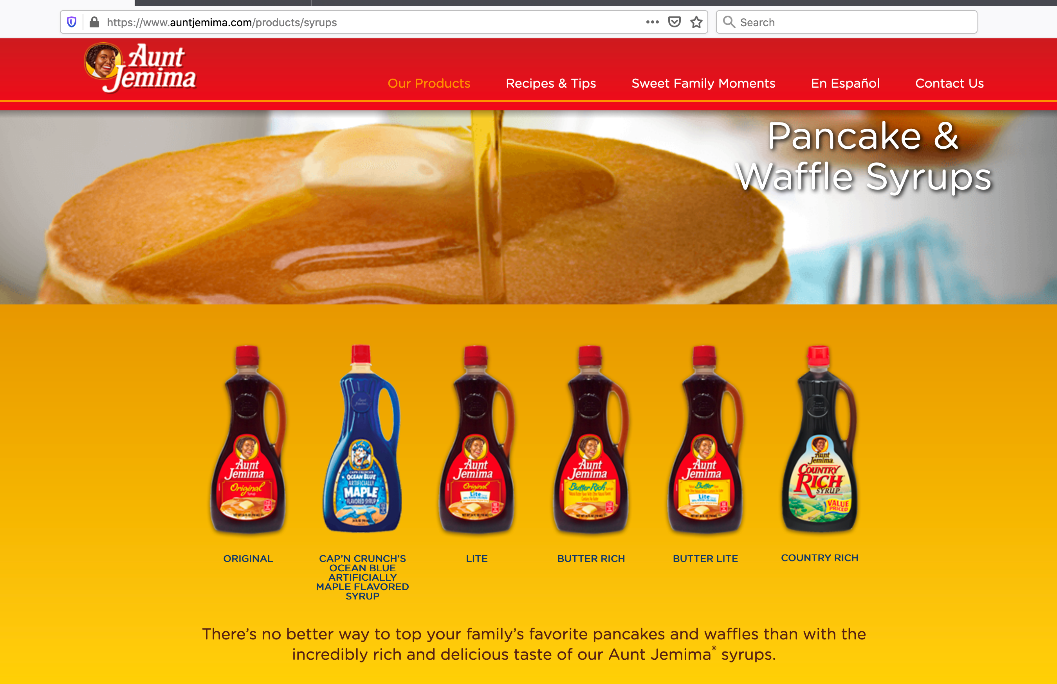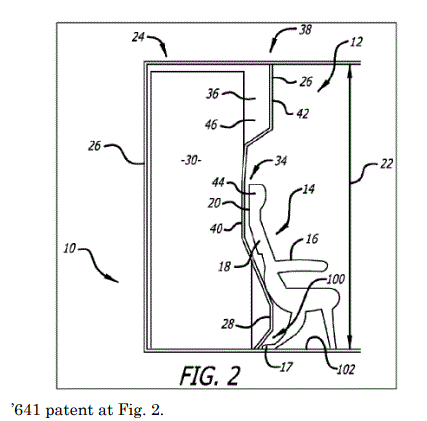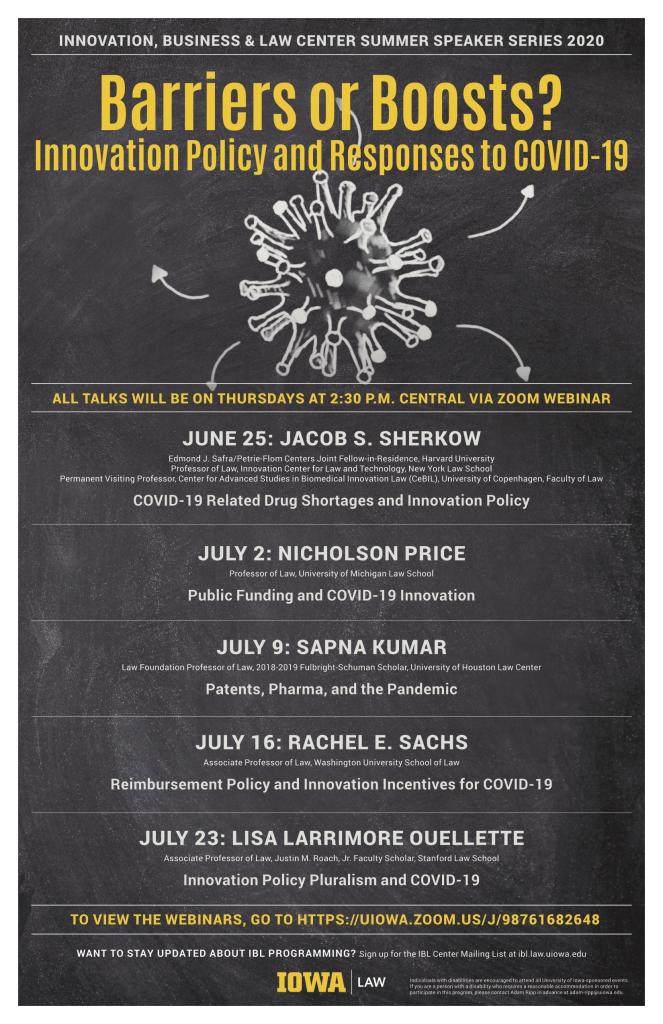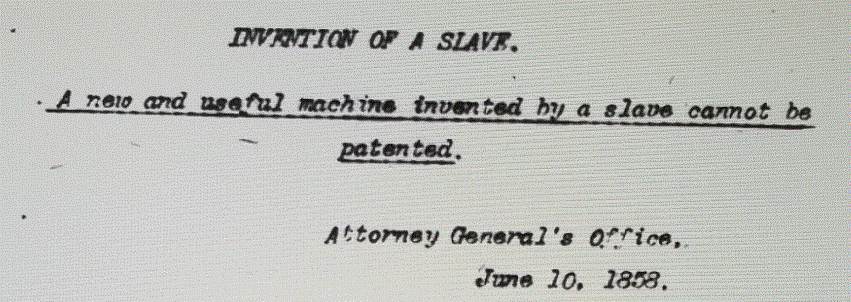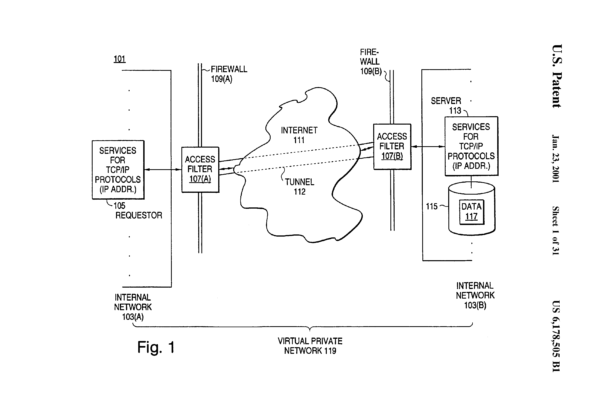by Dennis Crouch
In In re PersonalWeb Techs. LLC, 2019-1918, 2020 WL 3261168 (Fed. Cir. June 17, 2020), the court reinvigorates the Kessler Doctrine — holding preclusion is triggered even in cases voluntarily dismissed (with prejudice) by the patentee and is subsequently operable to block actions against subsequent allegations of infringement against the original defendant and its customers. The doctrine is seen as a gap-filler for a situation not covered by either issue or claim preclusion. Another similar gap-filler (is) was defense preclusion. However, the Supreme Court in Lucky Brand Dungarees, Inc. v. Marcel Fashions Group, Inc., 140 S. Ct. 1589 (2020) held that defense preclusion does not exist as a stand-alone doctrine going beyond the traditional notion of issue and claim preclusion. Although a substantially parallel situation, the court here does not cite or mention discuss Lucky Brand. [Update – PersonalWeb does cite Lucky Brand for the well known principle that “Claim preclusion bars both those claims that were brought as well as those that could have been brought in the earlier lawsuit.”]
= = =
Res Judicata (claim & issue preclusion) always involves at least two actions.[1] In the first action some judgment is reached. Later, in the second action the court is asked to skip over and not re-litigate claims & issues that were already finalized in the first action. In this context, claims are thought of as the broad causes of action; issues are typically narrower but may be any legal or factual determination by the court.
The First Action: Back in 2011, PersonalWeb sued Amazon for patent infringement – alleging use of Amazon Web Services infringed several PersonalWeb patents.[2] After an adverse claim construction ruling, PersonalWeb stipulated to a dismissal of its claims against Amazon with prejudice. In ordering dismissal, Judge Davis wrote: “Pursuant to Federal Rule of Civil Procedure 41(a)(1)(A)(ii), all claims … are dismissed with prejudice. Defendants Amazon.com, Inc. and Amazon Web Services LLC retain the right to challenge validity, infringement, and/or enforceability of the patents-in-suit via defense or otherwise, in any future suit or proceeding.” Since no particular issues were finally decided by the court, we can immediately conclude that the doctrine if issue preclusion won’t apply to this case. However, a stipulated dismissal by the court still leads to claim preclusion.
We know right away that PersonalWeb is not going to be able to sue Amazon again alleging that the same acts accused in this first case constitute patent infringement. One trick of patent law though is that each unauthorized making or using of an invention constitutes a new act of patent infringement. And, the Federal Circuit has generally limited the scope of claim preclusion to the particularly accused infringing acts. “We have held that claim preclusion does not bar a party from asserting infringement based on activity occurring after the judgment in the earlier suit.”[3]
The Second Action: Since Amazon won the first case, it continued to sell its Web Services. No surprise. But, these are new (alleged) acts of infringement even if not substantially different. In 2018 PersonalWeb filed “dozens of new lawsuits” against a collection of Amazon’s customers. These cases were consolidated by the Judicial Panel on Multidistrict Litigation with pretrial proceedings before Judge Freeman (N.D. Cal.). The district court partially dismissed the case – holding that PersonalWeb was precluded from suing Amazon’s customers for taking the same type of action accused in the original Amazon case (even the customer action was taken subsequent to the Amazon case).
The Kessler Doctrine: Claim preclusion does directly protect Amazon’s customers here because their accused infringement – even if functionally the same – was not within the scope of the first action. Still, the district court found preclusion under the Kessler Doctrine. See Kessler v. Eldred, 206 U.S. 285 (1907). Kessler – as interpreted by the Federal Circuit – is a “gap filling” form of preclusion and allows “an adjudged non-infringer to avoid repeated harassment for continuing its business as usual post-final judgment in a patent action where circumstances justify that result.” Brain Life, LLC v. Elekta Inc., 746 F.3d 1045 (Fed. Cir. 2014). Separately, the Federal Circuit has identified the doctrine as a “necessary supplement” to the traditional principles of res judicata.
[W]ithout it, a patent owner could sue a manufacturer for literal infringement and, if unsuccessful, file suit against the manufacturer’s customers under … any [patent] claim or theory not actually litigated against the manufacturer as long as it challenged only those acts of infringement that post-dated the judgment in the first action. That result would authorize the type of harassment the Supreme Court sought to prevent in Kessler when it recognized that follow-on suits against customers could destroy the manufacturer’s judgment right.[4]
Note here, that the “gap” would be filled by issue preclusion if the case had been pursued to a judgment of non-infringement. Here, however, PersonalWeb dismissed its first action (with Amazon’s express consent) before the court could reach that judgment.
In addition to the temporal issue, Kessler also addressed the customer situation – finding them sufficiently in privity for the purposes of applying preclusion.
On appeal, PersonalWeb argued that the Kessler Doctrine should not be triggered by a voluntary dismissal. Essentially, PersonalWeb questioned whether the Kessler-type preclusion should be seen more akin to issue preclusion (express judgment of the issue required) or claim preclusion (triggered simply by a final judgment, including settlements). The Federal Circuit agreed with the lower court that a settlement is sufficient to create preclusion under Kessler and the Federal Circuit’s progeny. (Distinguishing license in Mentor Graphics).
The policy that drove the Supreme Court’s decision in Kessler would be ill-served by adopting the rule proposed by PersonalWeb. The Court in Kessler recognized that even if a manufacturer of goods were to prevail in a patent infringement suit, the manufacturer could be deprived of the benefits of its victory if the patentee were free to sue the manufacturer’s customers. The Court asked rhetorically whether, after Kessler had earned, “by virtue of the judgment, the right to sell his wares freely, without hindrance from Eldred [the patentee], must Kessler stand by and see that right violated … ?” Kessler. To allow follow-up suits by the patentee against Kessler’s customers, the Court explained, “will be practically to destroy Kessler’s judgment right.” Accordingly, the Court concluded that, setting aside “any rights which Kessler’s customers have or may have, it is Kessler’s right that those customers should, in respect of the articles before the court in the previous judgment, be let alone by Eldred, and it is Eldred’s duty to let them alone.” As the Court put the matter a few years after Kessler, a party that obtains a final adjudication in its favor obtains “the right to have that which it lawfully produces freely bought and sold without restraint or interference.” Rubber Tire Wheel Co. v. Goodyear Tire & Rubber Co., 232 U.S. 413 (1914)[5]
Although the Federal Circuit has spoken of Kessler in the form of preclusion, it has also provided the analogy of shop rights – a “limited trade right” that is attached to the product that “extends to protect any product as to which the manufacturer established a right not to be sued for infringement.”
In the end, the Federal Circuit provided an important caveat – parties are free and empowered to draft their settlement agreement in a way that overcomes the Kessler doctrine. [I]t can do so by framing the dismissal agreement to preserve any such rights that the defendant is willing to agree to. Settling parties will remain free to limit the preclusive effect of a dismissal; they simply have to fashion their agreement in a way that makes clear any limitations to which they wish to agree as to the downstream effect of the dismissal.”[6]
= = = =
[1] Res judicata is somewhat poorly defined. Sometimes it particularly refers to the doctrine of claim preclusion. At other times it refers more broadly to both claim and issue preclusion (and perhaps to other preclusion doctrines as well). The Supreme Court in Lucky Brand Dungarees, Inc. v. Marcel Fashions Group, Inc., 140 S. Ct. 1589, 1594 (2020) recently walked through this explanation.
[2] U.S. Patent Nos. 5,978,791, 6,928,442, 7,802,310, 7,945,544, and 8,099,420.
[3] In re PersonalWeb Techs. LLC, 2019-1918, 2020 WL 3261168 (Fed. Cir. June 17, 2020)
[4] SpeedTrack, Inc. v. Office Depot, Inc., 791 F.3d 1317, 1328 (Fed. Cir. 2015).
[5] PersonalWeb.
[6] Id.

